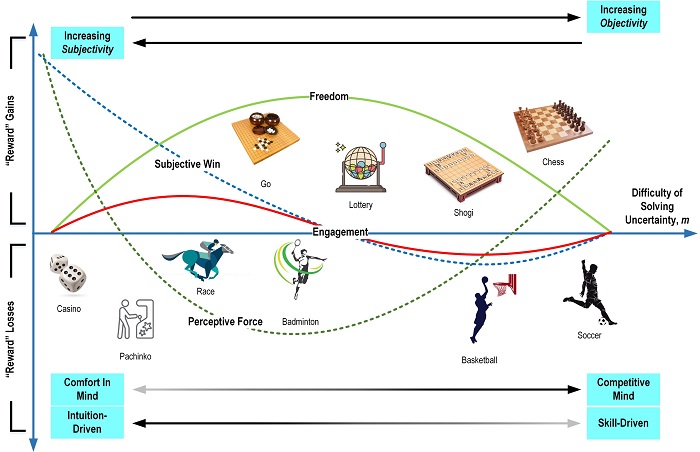History tells us that games are an inseparable facet of humanity, and mainly for good reasons. Advocates of video games laud their pros: they help develop problem-solving skills, socialize, relieve stress, and exercise the mind and body—all at the same time! However, games also have a dark side: the potential for addiction.
The explosive growth of the video game industry has spawned all sorts of games targeting different groups of people. This includes digital adaptations of popular board games like chess, but also extends to gambling-type games like online casinos and betting on horse races. While virtually all engaging forms of entertainment lend themselves to addictive behavior under specific circumstances, some video games are more commonly associated with addiction than others. But what exactly makes these games so potentially addictive?
This is a difficult question to answer because it deals directly with aspects of the human mind, and the inner workings of the mind are mostly a mystery. However, there may be a way to answer it by leveraging what we do know about the physical world and its laws. At the Japan Advanced Institute of Science and Technology (JAIST), Japan, Professor Hiroyuki Iida, and colleagues have been pioneering a methodology called “motion in mind” that could help us understand what draws us towards games and makes us want to keep reaching for the console.
Their approach is centered around modeling the underlying mechanisms that operate in the mind when playing games through an analogy with actual physical models of motion. For example, the concepts of potential energy, forces, and momentum from classical mechanics are considered to be analogous to objective and/or subjective game-related aspects, including pacing of the game, randomness, and fairness.
In their latest study published in IEEE Access, Professor Iida and Assistant Professor Mohd Nor Akmal Khalid, also from JAIST, linked their “motion in mind” model with the concepts of engagement and addiction in various types of games from the perceived experience of the player and their behaviors.
The researchers employed an analogy of the law of conservation of energy, mass, and momentum to mathematically determine aspects of the game-playing experience in terms of gambling psychology and the subjective/objective perception of the game.
Their conjectures and results were supported by a “unified conceptual model of engagement and addiction,” previously derived from ethnographic and social science studies, which suggests that engagement and addiction are two sides of the same coin. By comparing and analyzing a variety of games, such as chess, Go, basketball, soccer, online casinos, and pachinko, among others, the researchers showed that their law of conservation model expanded upon this preconception, revealing new measures for engagement while also unveiling some of the mechanisms that underlie addiction.
Their approach also provides a clearer view of how the perceived (subjective) difficulty of solving uncertainties during a given game can differ from and even outweigh the real (objective) one, and how this affects our behavior and reactions. “Our findings are valuable for understanding the dynamics of information in different game mechanics that have an impact on the player’s state of mind. In other words, this helps us establish the relationship between the game-playing process and the associated psychological feeling,” explains Professor Iida. Such insight will help developers make game content more engaging, healthy, and personalized both in the short and long term.
Further studies shall make the tailoring of game experiences much easier, as Professor Iida remarks: “Our work is a stepping-stone for linking behavioral psychology and game-playing experiences, and soon we will be able to mechanistically manipulate and adapt the notions of engagement and addiction towards specific needs and use-cases.”






